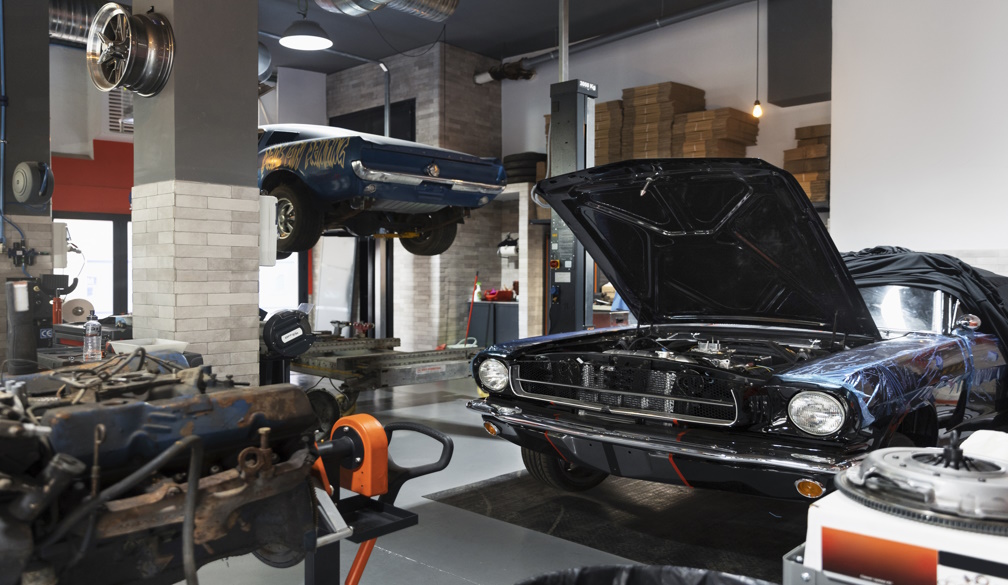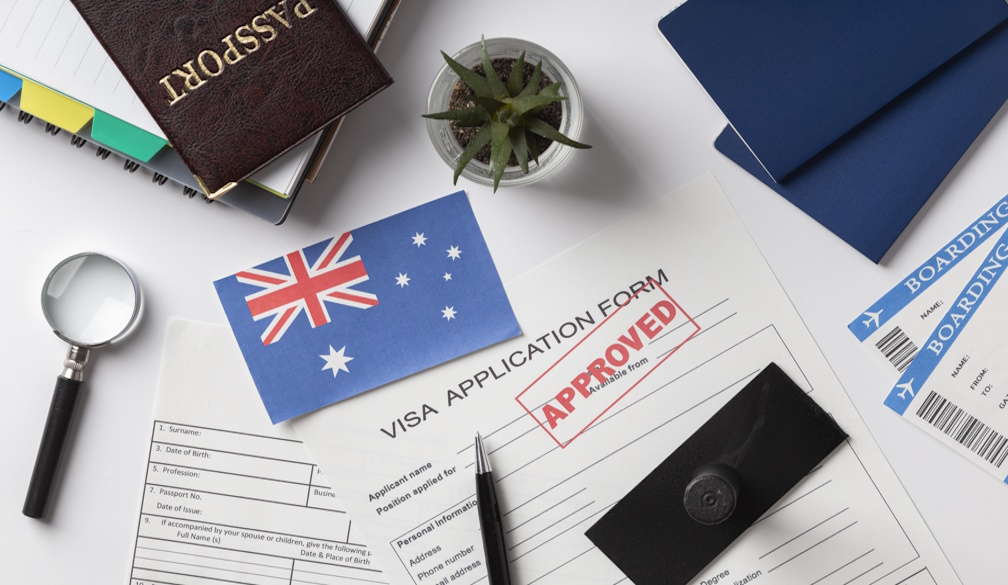How do I know when it’s time to replace my running shoes?
- Written by John Arnold, Senior lecturer, Sport & Exercise Biomechanics, University of South Australia

Any runner will tell you there’s nothing better than slipping on a brand new pair of shoes. But how regularly should runners fork out hundreds of dollars on their next pair?
Conventional wisdom tells us the average lifespan of a running shoe is around 500 to 800 kilometres. But where did this advice come from, and is it based on science?
Some evidence comes from impact testing with machines designed to simulate the shoe repeatedly contacting the ground during running. Other evidence comes from monitoring runners who have used shoes in the real world for long periods.
This research is often focused on shoe materials and structure. But we think more compelling markers for the runner are shoe comfort, performance benefit and injury risk.
Rather than seeking a “one-size-fits-all” answer to how many kilometres your shoes should be limited to, it’s also better to consider individual signs based on your shoe type and its purpose.
The three signs to watch for
Runners tend to replace their shoes for three main reasons:
- they believe their performance is being negatively impacted
- their shoes are leading to some bodily discomfort which may cause (or has already caused) an injury
- the shoes are no longer comfortable or “feel” as good as they used to.
So what does the evidence say about these factors?
Performance
Some shoe material properties do contribute to enhanced running efficiency. Degrading these materials by racking up the kilometres may hinder peak performance on race day.
This is most clearly seen in carbon fibre plate shoes used by modern elite runners to achieve rapid road race times. The design features thought to drive this are the combination of highly compliant and resilient midsole foam and a stiff embedded carbon fibre plate, which support energy storage and return.
Runners will typically “save” these shoes for race day and replace them after fewer kilometres, compared to conventional running shoes.
The available research does support the performance benefits of these shoes. However, it’s not known how long the benefits last relative to kilometres of wear.
To our best knowledge, there’s only one study on running performance and shoe wear, but unfortunately it did not involve carbon fibre plate shoes. A University of Connecticut 2020 master’s thesis investigated eight college-level runners over 400 miles (643km) of Nike Pegasus shoe use.
Large reductions in running economy were reported at 240km, and this was statistically significant at 320km. No reduction was observed at 160km.
So, if you’re chasing personal best times, the evidence above suggests that for peak performance, shoes should be replaced somewhere between 160 and 240km (although this is not directly based on carbon fibre plate shoe research).
It appears that minimising training kilometres for your favourite racing shoes – keeping them “fresh” – could contribute to peak performance on race day, compared to racing in a pair of old shoes.
Injury or discomfort
The link between shoe wear and injury is unclear, and based on minimal and often conflicting evidence.
One study did find that runners who alternate their running shoes have a lower risk of injury than runners who run only in the same pair of shoes over a 22-week period. Runners who alternated shoes throughout the study period would have accumulated less wear in each shoe.
This provides some support for the notion that accumulating too many kilometres in your shoes may increase risk of injury. Unfortunately, the exact age of running shoes was not reported in this study.
However, based on the running characteristics reported, the single-shoe pair users completed an average of 320km in their shoes (after adjusting for a small fraction who had to replace shoes during the study).
This was compared to the multi-shoe pair users who used an average of 3.6 pairs of shoes, ran more total kilometres, but accumulated an average of only 200km per shoe pair.
Comfort
Comfort and fit are the two most important factors to runners when selecting running shoes. Evidence linking improved shoe comfort to reduced injury rates or improved running economy is mixed, but reducing harms from poorly fitting and uncomfortable shoes is clearly a priority for runners.
Most runners land on their heel. The repeated compression of the midsole causes the material to harden, possibly after as little as 160km, according to one study from 2017. However, there was virtually no change in the amount of cushioning runners perceived under their heel after 160km. Even after using the shoes for 640km, they felt little difference – about 3%.
While at first this might seem like runners are not very good at judging when shoes lose their cushioning, it also tells us changes in perceived shoe cushioning are very gradual and may not be important for runners until they reach a certain threshold.
This amount will differ from person to person, and from shoe to shoe, but research suggests it’s not until perceived cushioning reaches about a 10% change that runners consider it meaningful.
We must be careful when applying these findings to the latest running shoes which use newer materials.
But you can use it as a rule of thumb – once you notice a drop in comfort, it’s time to get a new pair.
When to choose new shoes
Ultimately, there’s no one simple answer for when you should get new running shoes. You may also not keep close track of how many kilometres your favourite pair has racked up.
Overall, we believe the most practical advice is to keep your racing shoes “fresh” (under 240km), alternate a couple of other pairs during regular training, and replace them when you detect a notable drop in comfort.
Authors: John Arnold, Senior lecturer, Sport & Exercise Biomechanics, University of South Australia
Read more https://theconversation.com/how-do-i-know-when-its-time-to-replace-my-running-shoes-238997



















